2024-12-25
With the rapid development of energy storage technology, the heat dissipation demand of energy storage system has become more and more prominent. In the selection of the heat dissipation mode of energy storage system, there are advantages and disadvantages of two schemes: air cooling and liquid cooling. How to choose according to the actual demand has become a major key. This paper will elaborate on the characteristics of air-cooled and liquid-cooled cooling systems in terms of their working principle, application scenario, performance evaluation, and life standards.
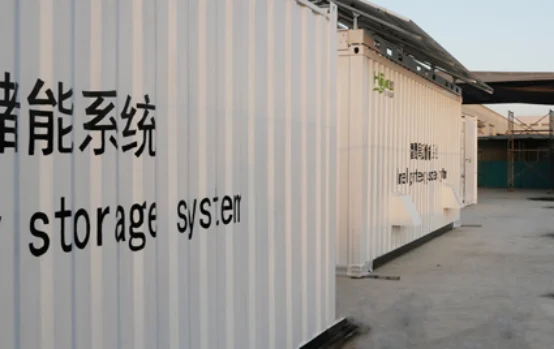
Operating Principle:
Air-cooled cooling: by the method of blowing air through such devices as batteries or inverters with the help of fans to take away heat for dissipating heat. Air cooling structure is relatively simple and not expensive while the effect of dissipating heat is relatively poor. Application Scenario Energy storage systems that have lower power density include small industrial and commercial users, small energy storage cabinets, or Distributed Energy Storage Systems with lower heat dissipation demands.
Working Principle:
The working principle of the liquid cooling cooling system is that the coolant in the pipeline circulates to take away the heat for the purpose of dissipating heat. The liquid cooling system has an excellent heat dissipation effect and can effectively control the temperature of the equipment, but the cost is high.
Application scenario:
It is suitable for energy storage systems with high power density, such as:
Energy storage systems for large factories or commercial complexes.
The battery packs shall be designed for application in a Megawatt-level energy storage power station.
The heat dissipation system shall guarantee the battery cells are within the safe operating temperature of 20°C to 45°C.
Thermal resistance and the heat transfer coefficient are used in the calculation of heat dissipation capability.
The air cooling system is noisy, and this can be minimized by choosing low-noise fans or using sound insulation methods.
The noise of the liquid cooling system is relatively small. Energy storage power supply noise should be lower than 40 decibels in a charging state, and less than 50 decibels in the case of discharging state.
reliability
The life of the fan is very long, coolant must be sealed well without leakage.
The failure of a heat dissipation system should be able to be detected and send out an alarm in time so that maintenance will be timely.
Cooling fan life:Ordinary oil-bearing fan life of about 10,000 hours.
Hydraulic bearing fan life of about 40,000 hours.
The L10 life of the high-end ball bearing fan can reach 50,000-100,000 hours.
Overall system life:Under normal use condition, the life span is approximated to be in 10-15 Years.
Life in the liquid cooling equipment,It is approximately 10 to 15 years, on a similar basis as that of pumps and radiators, etc.
Lifespan of coolants,The coolants usually need to be replaced routinely or once in 2 -5 years.
life:The overall liquid cooling life is about 15 to 20 years.
The selection of the heat dissipation mode of the energy storage system should consider comprehensively all factors, including power density, cost budget, noise requirement, service life, etc.
For small energy storage systems or scenarios with low demands for heat dissipation, air cooling can be used as an economical way of cooling.
For large-scale energy storage systems or those with high power density, liquid cooling can do better in meeting the demand for heat dissipation performance.
Through the analysis of this article, I believe that we have mastered how to choose the appropriate heat dissipation mode according to the demand and provide a guarantee for the long-term stable operation of the energy storage system.
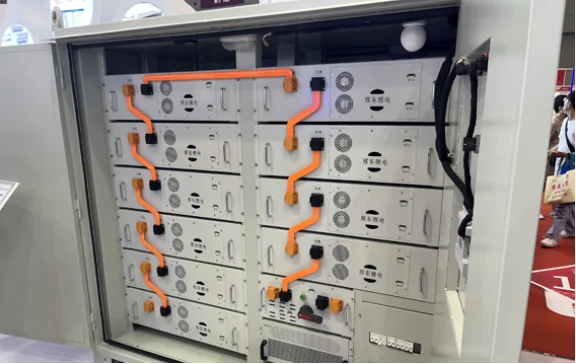
Cabinet Battery: The “Electricity Insurance Box” of the Industrial World
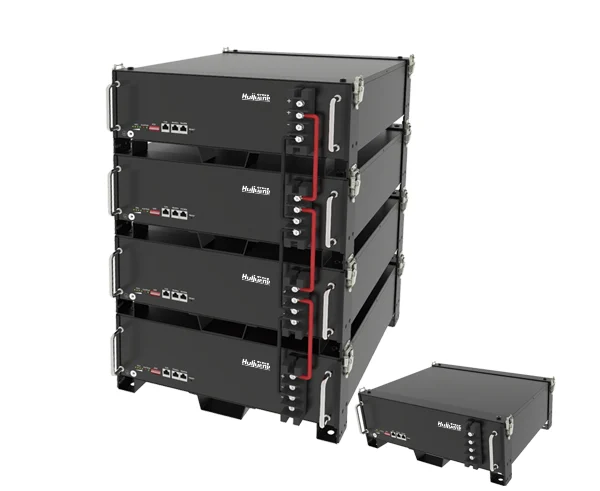
What the Xiaomi SU7 Fire Tells Us About Lithium Battery Safety – And How to Not Be the Next Victim

An Analysis of Sudan’s Renewable Energy Policies: Investment and Innovation in Energy Storage Technologies
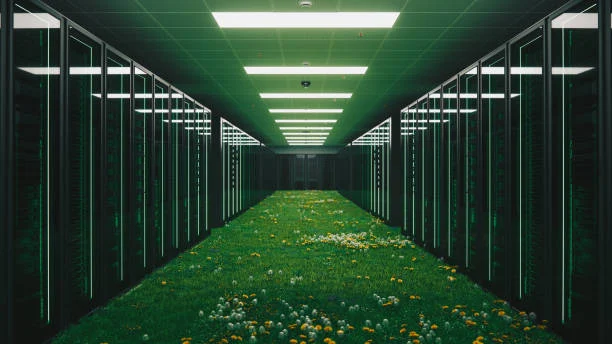
Ukraine’s Energy Transformation: The Central Role of Energy Storage Solutions to Attainment of Renewable Energy Targets
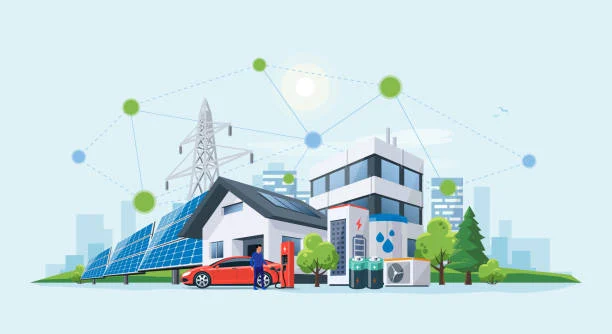
Togo’s Renewable Energy Policy: Investment and Technology Innovation in Energy Storage